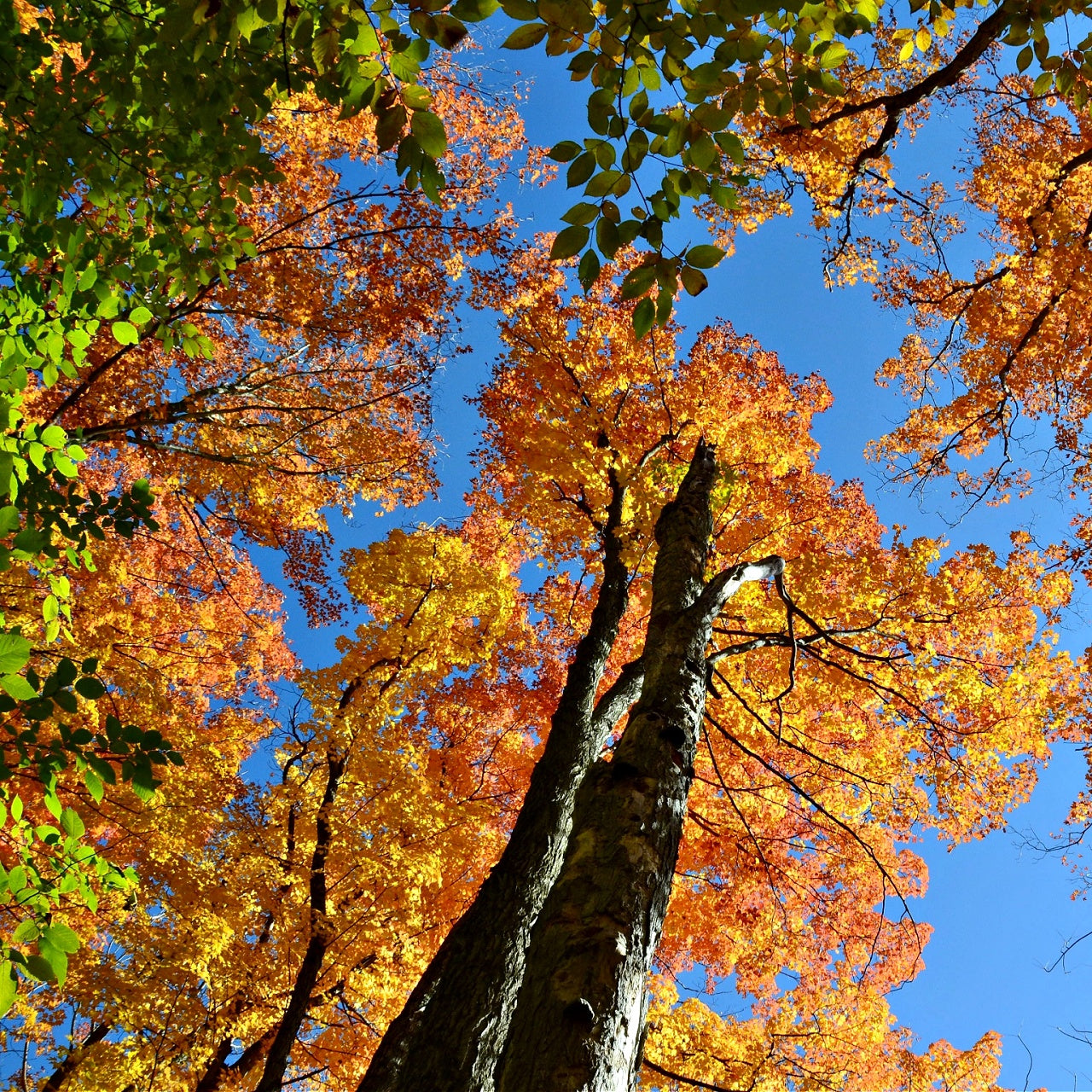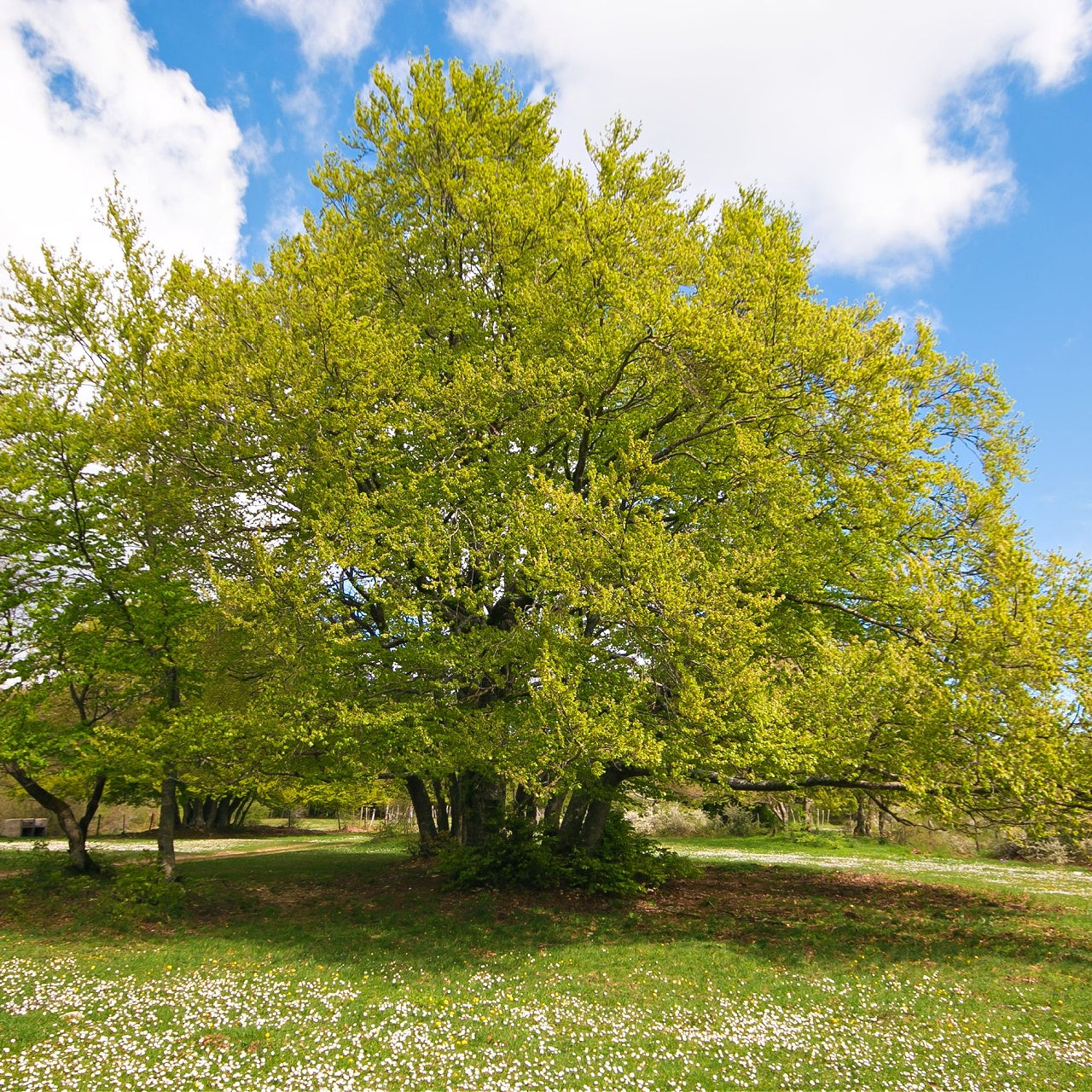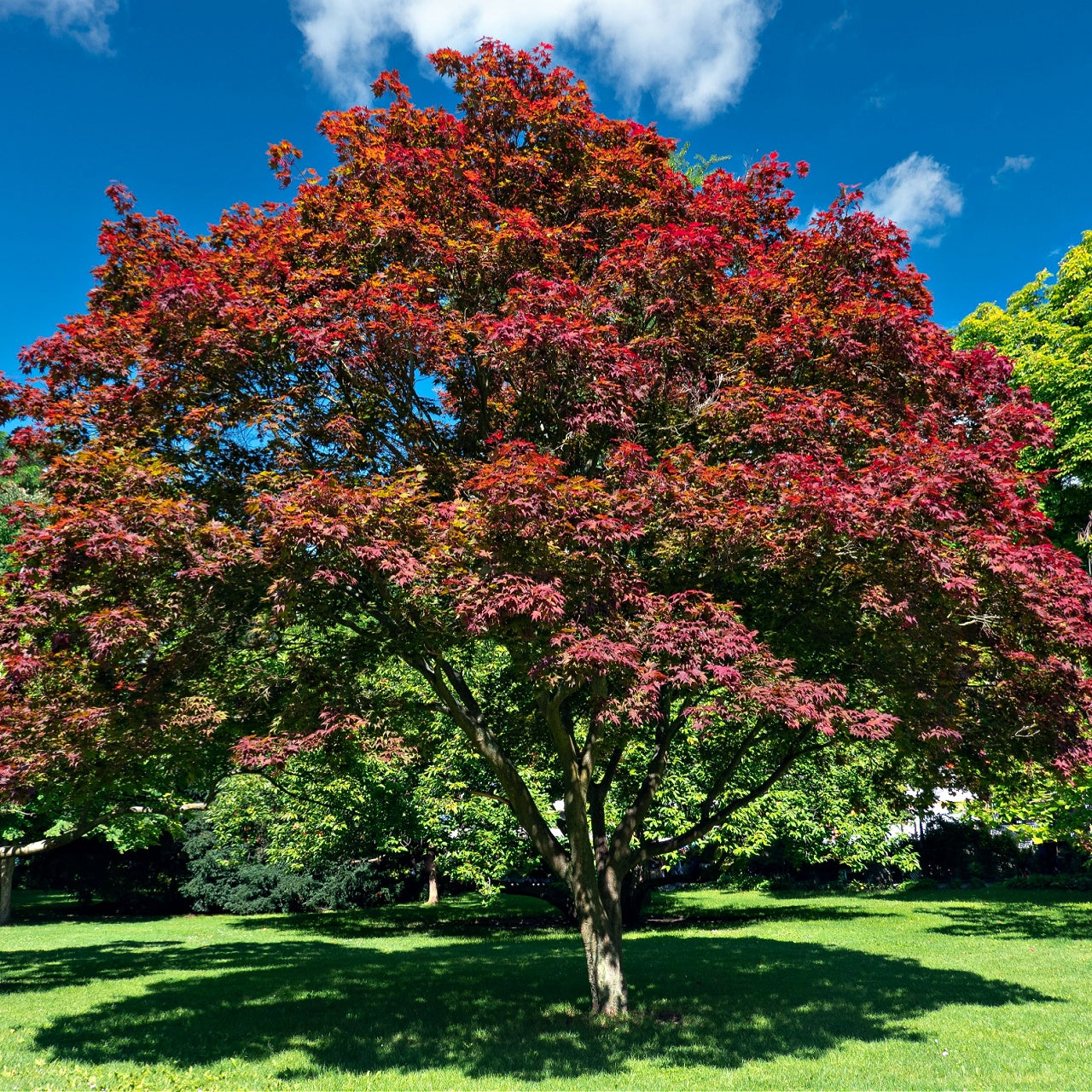
The Big Baobab: Nature's Old Giant
The Big Baobab: Nature's Old Giant
This tree is called the "Tree of Life," and it signifies the baobab tree's tenacity, food, and culture. The tree - native to Africa, Madagascar, and Australia - is legendary for its vast trunk, striking form, and many applications. Its genus Adansonia has nine species, each with its character but equally magnificent in beauty and ecology. Let's discover why the baobab tree has captivated gardeners, ecologists, and nature enthusiasts everywhere.
Baobab An Icon of Life and Sustainability
Baobabs can be millennia-old; some are more than 2,000 years old. These trees are exceptionally hardy and indispensable to landscapes in their native areas. Their swelling trunks function as natural reservoirs, holding thousands of gallons of water for them to drink when droughts last. They've been nicknamed "upside-down trees" because, in the dry season, their bare trunks look like roots sprouting up, like they've been upside down.
But the baobab isn't just a tree; it's an ecosystem. The plant's flowers attract bats, bees, and other pollinators; the fruit, leaves, and bark feed and shelter wildlife. For us humans, there is a bounty to be found in the baobab tree. The "monkey bread" fruit is chock-full of vitamin C. The leaves are medicinal, and the bark is cannibalized and replanted for rope, mats, and clothing.
Baobab Cultural and Mythological Significance
For centuries, the baobab has been woven into the culture of the surrounding villages. In African lore, the baobab is referred to as a tree that was granted divinity. There are stories of the tree being blown down and planted on its side to punish its arrogance, and others about it being a gift from God offering food and shelter.
So, too, is the baobab, a place of shared life. Its hollow trunk was a storage source for houses, even little chapels or churches. In Madagascar, the Avenue of the Baobabs, a road cut by towering baobabs, is visited by people worldwide, proving that it is an unconquerable natural treasure.
Growing a Baobab: What It's Like To Grow One In the Real World
Growing a baobab is a lesson in patience and forbearance if you're lucky enough to grow it where baobabs grow. Baobabs do best in temperate or subtropical regions where the soil is well-drained and sunny. They are drought-tolerant, but saplings need regular watering to develop robust roots.
Baobab seeds have an outer layer that must be mashed down before planting. You can do this by soaking the seeds in hot water for 24 hours or scarifying them to germinate them. Baobabs take a while to bloom after they are planted, but their resilience makes them a nice addition to any landscape. They are perfect for gardeners looking for something special, a permanent project.
Inspiration From Other Garden Favorites
While baobabs may not be possible for some gardeners because of climate conditions, you can also plant plants to create a unique, nature-inspired area. Here are three options:
1. Lady Fern - An attractive fern for shade gardens, the evergreen plant is robust and green all year round. They like moist, well-drained soils. It's called that because it stays green even in the cold winters and is a go-to ornamental tree.
2. Anemone Plant
The Anemone Plant is an annual spring primrose with bell-shaped sky-blue blooms ideal for woodland borders. It likes full sun and is excellent for understory planting. The bluebells also support pollinators like bees and butterflies, adding biodiversity to your garden.
3. Pink Muhly Grass (Muhlenbergia capillaries)
For the most visual effect, use purple love grass. This grass produces delicate moths of pinkish-purple flowers in the fall, which set off a tan green. It requires drainage and full sun, so it's a low-maintenance plant for those who want to bring movement and form to the garden.
Baobab Dreams: Old World Magic in New Age Gardens
The baobab tree is a wonder of creation and resilience. While it is grown only in certain climates, its symbolism and charm are not. Whether you're motivated by its culture or intrigued by its ecological importance, the baobab reminds us of the power of nature to change, feed, and motivate.
Planting unusual ones, such as Christmas fern, Virginia bluebell, or pink muhly grass, in your own garden will recreate the diversity and appeal of the baobab. Caring for these plants immerses you in the wider story of life on Earth, and your garden becomes an aesthetic space.






